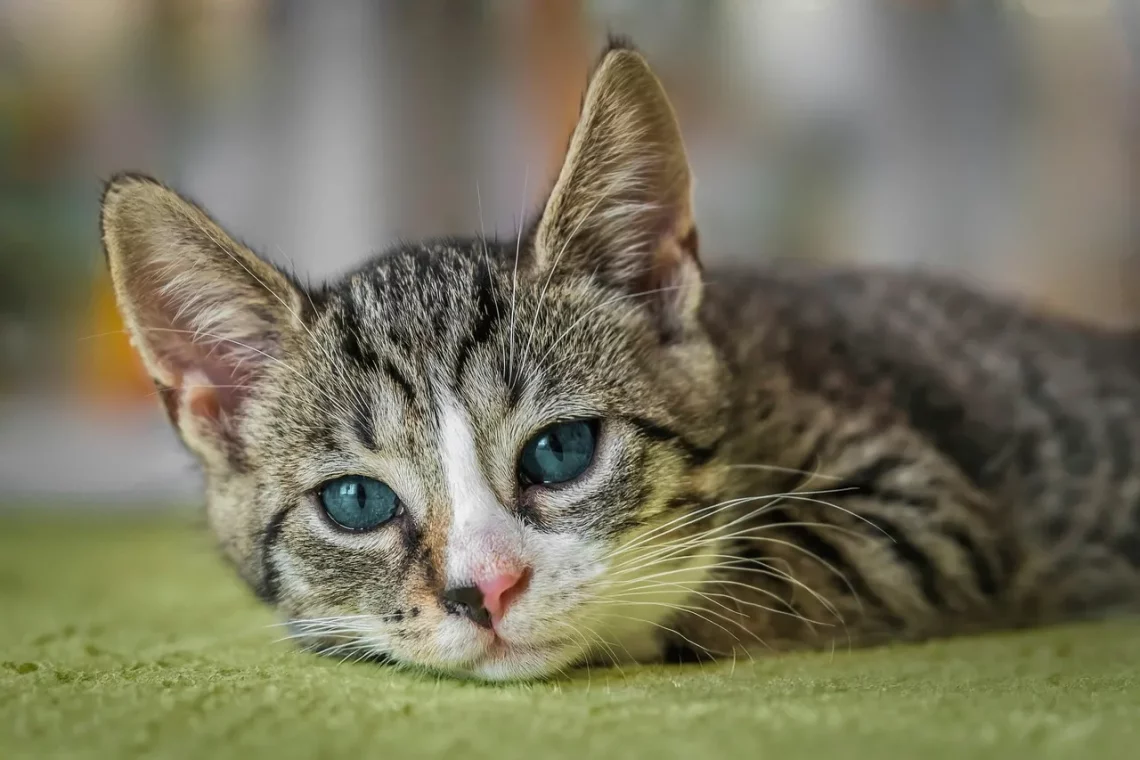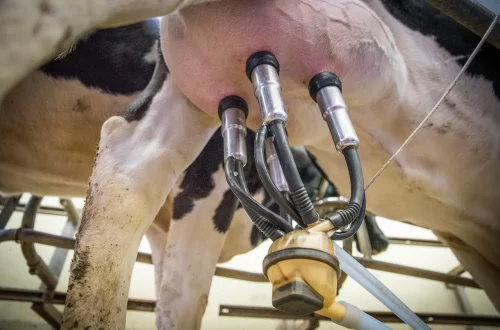
The Unique Care of Purple Cats: Insights from a Veterinary Expert
The enchanting world of cats is filled with a variety of breeds, colors, and personalities, and among them, the rare purple cat captivates the hearts of many. While the concept of a purple cat may initially seem whimsical, it represents a unique genetic mutation that results in a striking coat color, often described as a blend of lavender or lilac hues. These cats, with their extraordinary appearance, not only bring joy to their owners but also require special attention and care due to their distinctive traits.
Understanding the specific needs of purple cats is essential for any potential owner or caretaker. Their unique genetic makeup can influence various aspects of their health and behavior. For example, these cats may experience differences in skin sensitivity, dietary requirements, and even social interactions compared to their more common feline counterparts. As such, it is crucial to delve into the nuances of their care to ensure they thrive in a loving environment.
Veterinary experts emphasize the importance of tailored care for purple cats, focusing on their nutritional needs, grooming requirements, and health monitoring. This specialized approach not only enhances their quality of life but also helps prevent potential health issues that may arise from their unique genetic makeup. In this article, we will explore the various aspects of caring for these remarkable felines, providing insights into how to best support their well-being.
Understanding the Genetics of Purple Cats
The genetics behind purple cats is a fascinating subject that merges science with the beauty of nature. While the term “purple cat” may evoke thoughts of fantasy, it is a real phenomenon rooted in genetics. The color of a cat’s fur is determined by the presence of specific pigments, primarily eumelanin and pheomelanin. In purple cats, a unique mutation affects the production of these pigments, resulting in the unusual shade of lavender or lilac.
This genetic variation can occur in several breeds, including the Russian Blue and the Burmese, where the diluted color is more commonly seen. Understanding the hereditary aspects of purple cats is crucial for breeders and owners alike. Responsible breeding practices can help maintain the health and well-being of these cats while emphasizing their unique coat color.
Additionally, it is important to recognize that purple cats may carry certain genetic predispositions to health issues. For instance, some breeds with diluted coats may be more prone to specific conditions such as skin sensitivities or respiratory problems. As a result, regular veterinary check-ups and genetic screenings can play a significant role in ensuring the long-term health of these cats. Knowledge about their genetic background can empower owners to make informed decisions regarding their care and lifestyle.
Furthermore, the social behavior of purple cats can sometimes differ from that of their more common counterparts. Some studies suggest that color may influence a cat’s temperament, although this is not a definitive rule. Observing the individual personality of each cat is essential, as factors such as environment and upbringing play significant roles in shaping behavior.
In summary, understanding the genetics of purple cats is foundational in providing them with the care they deserve. By appreciating their unique genetic traits, owners can better cater to their needs, ensuring a healthier and happier life for these extraordinary felines.
Nutritional Needs and Dietary Considerations
Caring for a purple cat involves paying close attention to their nutritional needs, as diet plays a pivotal role in their overall health and well-being. Like all cats, purple cats are obligate carnivores, which means their diet must primarily consist of high-quality animal proteins. This is especially important for maintaining their coat health and supporting their energy levels.
When selecting cat food, it’s essential to choose a brand that offers complete and balanced nutrition. Look for products that list meat as the primary ingredient, as this ensures that your cat receives the necessary amino acids and nutrients for optimal health. Additionally, consider incorporating wet food into their diet, as it provides hydration and can be more palatable for some cats.
One of the unique considerations for purple cats is their potential sensitivity to certain ingredients. Due to their genetic makeup, some may experience food allergies or intolerances, leading to skin irritations or digestive issues. Monitoring your cat’s reaction to different foods is crucial. If you notice any adverse effects, consult with a veterinarian to determine the best dietary plan.
In addition to their regular meals, it’s important to provide fresh water at all times. Hydration is key to maintaining kidney health and overall well-being. Some cats may prefer running water, so consider investing in a cat water fountain to encourage them to drink more.
Supplements can also play a role in enhancing your purple cat’s health. Omega-3 fatty acids, for instance, can promote a healthy coat and skin, while probiotics can aid in digestion. However, it is essential to consult with your veterinarian before introducing any supplements into your cat’s diet to ensure they are appropriate and beneficial.
Ultimately, the nutritional needs of purple cats can vary based on their age, activity level, and health status. Regular veterinary check-ups can help tailor their diet to meet specific requirements, ensuring they remain healthy and vibrant throughout their lives.
Grooming Requirements for a Purple Cat
Grooming is an integral part of caring for any cat, but it holds particular importance for purple cats due to their unique coat. The distinct color of their fur may be more susceptible to showing dirt, oils, and skin flakes, making regular grooming essential to maintain their appearance and health.
Depending on the breed, purple cats may have varying coat textures. For example, some may have short, dense coats, while others might sport longer, silkier fur. Regardless of the coat type, establishing a regular grooming routine is essential. For short-haired purple cats, brushing once a week can help remove loose hairs and prevent matting. Long-haired varieties may require daily brushing to keep their coats free of tangles and debris.
In addition to removing loose fur, grooming sessions provide an opportunity to check for any skin issues or abnormalities. Purple cats may be more sensitive to sun exposure due to their unique coat color, so monitoring their skin for signs of irritation or sunburn is crucial. If you notice any unusual changes, it’s important to consult a veterinarian.
Bathing is another aspect of grooming that may be necessary for purple cats, especially if they are prone to getting dirty or if their skin produces excess oil. Use a gentle, cat-specific shampoo to avoid irritating their skin. Bathing should be done sparingly, as frequent washing can strip the natural oils from their coat and lead to dryness.
Nail trimming is another vital component of grooming. Regularly trimming your cat’s claws not only prevents them from becoming overgrown but also protects your furniture and skin from scratches. If you’re unsure how to trim your cat’s nails safely, consult with a veterinarian or a professional groomer for guidance.
Finally, consider the importance of dental care for your purple cat. Dental health is often overlooked, yet it plays a significant role in overall well-being. Regular brushing and dental treats can help prevent periodontal disease and keep their teeth and gums healthy.
In summary, grooming is a multifaceted aspect of caring for purple cats that goes beyond mere aesthetics. By establishing a consistent grooming routine, owners can contribute to their cat’s health and happiness, ensuring they remain beautiful and well-cared for.
Socialization and Behavioral Insights
Socialization is a crucial aspect of raising a happy and well-adjusted purple cat. Like all cats, these unique felines thrive on interaction with their human companions and other pets. Understanding their social needs is vital for creating a nurturing environment that fosters emotional well-being.
Purple cats, depending on their breed and individual personality, may exhibit varying degrees of sociability. Some may be naturally outgoing and eager to engage, while others might be more reserved and require gentle encouragement to open up. Observing your cat’s behavior is essential to gauge their comfort level in social situations.
Early socialization plays a significant role in shaping a cat’s behavior. Kittens are particularly impressionable, and exposing them to a variety of experiences, sounds, and people during their formative weeks can lead to more confident adult cats. For older cats, gradual introductions to new environments or companions can help ease anxiety and promote positive interactions.
Playtime is a wonderful way to strengthen the bond between you and your purple cat. Engaging in interactive play sessions not only provides physical exercise but also stimulates their mental faculties. Use toys that mimic prey, such as feather wands or laser pointers, to tap into their natural hunting instincts.
In addition to play, providing safe spaces for your purple cat to retreat when they need alone time is important. Cats are territorial animals and may feel overwhelmed in social situations. Creating cozy hideaways, such as cat trees or enclosed beds, allows them to recharge and feel secure.
Understanding your purple cat’s body language is key to recognizing their mood and comfort level. Signs of contentment can include purring, kneading, and slow blinking, while signs of stress may manifest as hissing, flattened ears, or a tucked tail. Responding appropriately to your cat’s cues can help build trust and strengthen your relationship.
Lastly, while socialization is important, it’s essential to respect your cat’s individual personality. Not all cats will thrive in highly active or chaotic environments, and some may prefer a quieter household. Tailoring your approach to your cat’s unique needs will ensure they feel safe and loved.
In conclusion, socialization and behavioral insights are fundamental to caring for purple cats. By fostering positive interactions, understanding their needs, and respecting their boundaries, owners can create a harmonious environment that enhances their feline companions’ lives.
—
**Disclaimer:** This article is for informational purposes only and should not be considered medical advice. Always consult a veterinarian for any health-related concerns regarding your pet.




